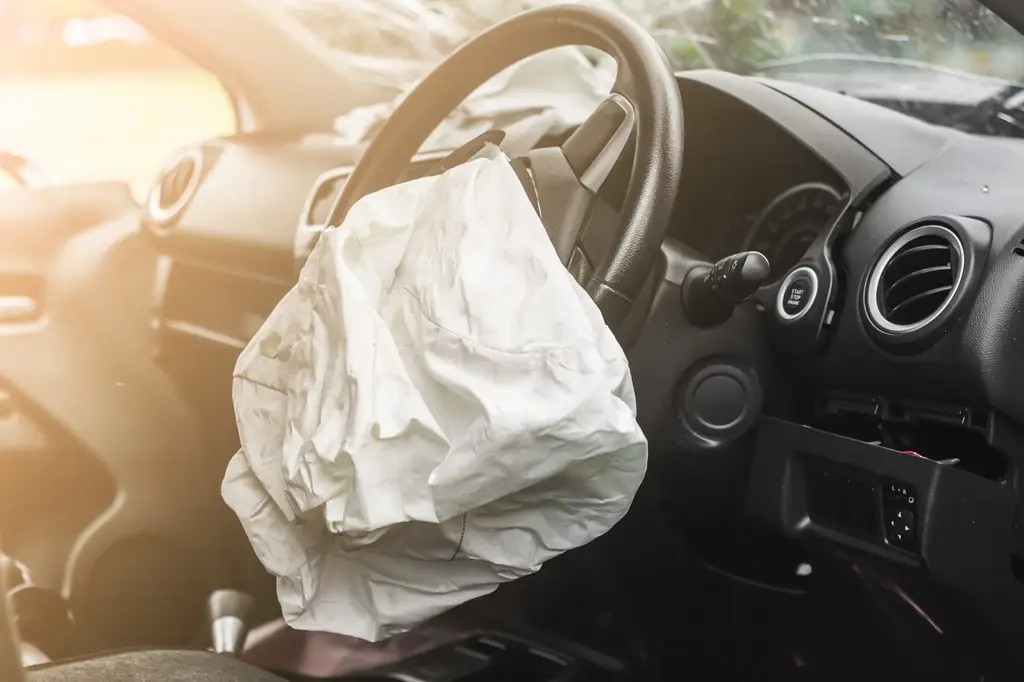 Car Accidents
Car AccidentsRear-end collisions are the most common type of car accident. Of the 7,277,000 reported crashes in the U.S. in 2016, 29% of them involved rear-end collisions.
In Texas alone, one crash occurred every one minute seven seconds, resulting in 205,498 injured people in 2020.
As Texans traveled 260.580 billion miles during 2020, rear-end collisions continue to be common, especially along the I-35 corridor.
If you’ve been rear-ended in an accident, know that you are not alone. The attorneys at The Zimmerman Law Firm have experience representing people after an auto accident and can help you get your life back on track.
This page will help you understand rear-end collision injuries and the legal process of filing a claim for reimbursement.
Common Rear-End Collision Injuries
In a rear-end collision, the striking car will push the impacted car forward suddenly. The seat of the impacted car will flex backward from the weight of the occupant and the sudden acceleration.
When the car comes to a stop, the seat will “flick” the person forward, causing a “whiplash” effect. Initially, the impacted occupant’s head experiences a negative velocity.
When flicked forward, the head can undergo an acceleration rate of 18 times the force of gravity.
In rear-impact accidents, drivers most commonly receive head and spine injuries. Drivers who strike another car most commonly experience injuries to the upper limbs, lower limbs, face, and head.
Out of all accidents with severe injuries, about 80% of injuries were either to the head or the chest. Frequent sources of rear-end car accident injuries include impact with the:
- Steering wheel rim,
- Left instrument panel (driver side),
- Windshield, or
- Head restraint system.
Improvements in head restraint systems may reduce the risk of head and neck injury in rear-impact collisions.
Other injuries may appear after whiplash exposure, including headache, thoracic and low back pain, fatigue, sleep disturbances, and ill-health.
It is also common for people to experience emotional problems and an inability to return to work after being rear-ended in an accident.
The Legal Process of Filing a Claim After a Rear-End Collision
Texas is a “fault” state for car accidents. When another driver causes an accident, you will file a claim with that person’s insurance company because they are at fault for the accident.
This is known as a “third-party claim” because you must file a claim with an insurer you don’t have a policy with. In some situations, you may also file a claim with your own insurance company and have them handle reimbursement.
The at-fault driver’s policy will only pay up to their coverage limit. If your medical bills exceed their coverage limit, they may become your financial responsibility.
In that case, you can file with your insurance if you have personal injury protection (PIP), medical payments (Medpay), or underinsured motorist coverage.
If you don’t have this additional coverage, another option is to sue the at-fault driver in a civil lawsuit.
Contact a Texas Car Accident Lawyer
When you call The Zimmerman Law Firm, an experienced Texas car accident lawyer will listen and explain your options. We understand that you may have experienced severe rear-end collision injuries or property damages.
We have recovered over $2.95 million for our clients involved in auto accidents. If you need help filing an insurance claim or want to sue the at-fault driver, we can help. Contact us today for a free consultation.
